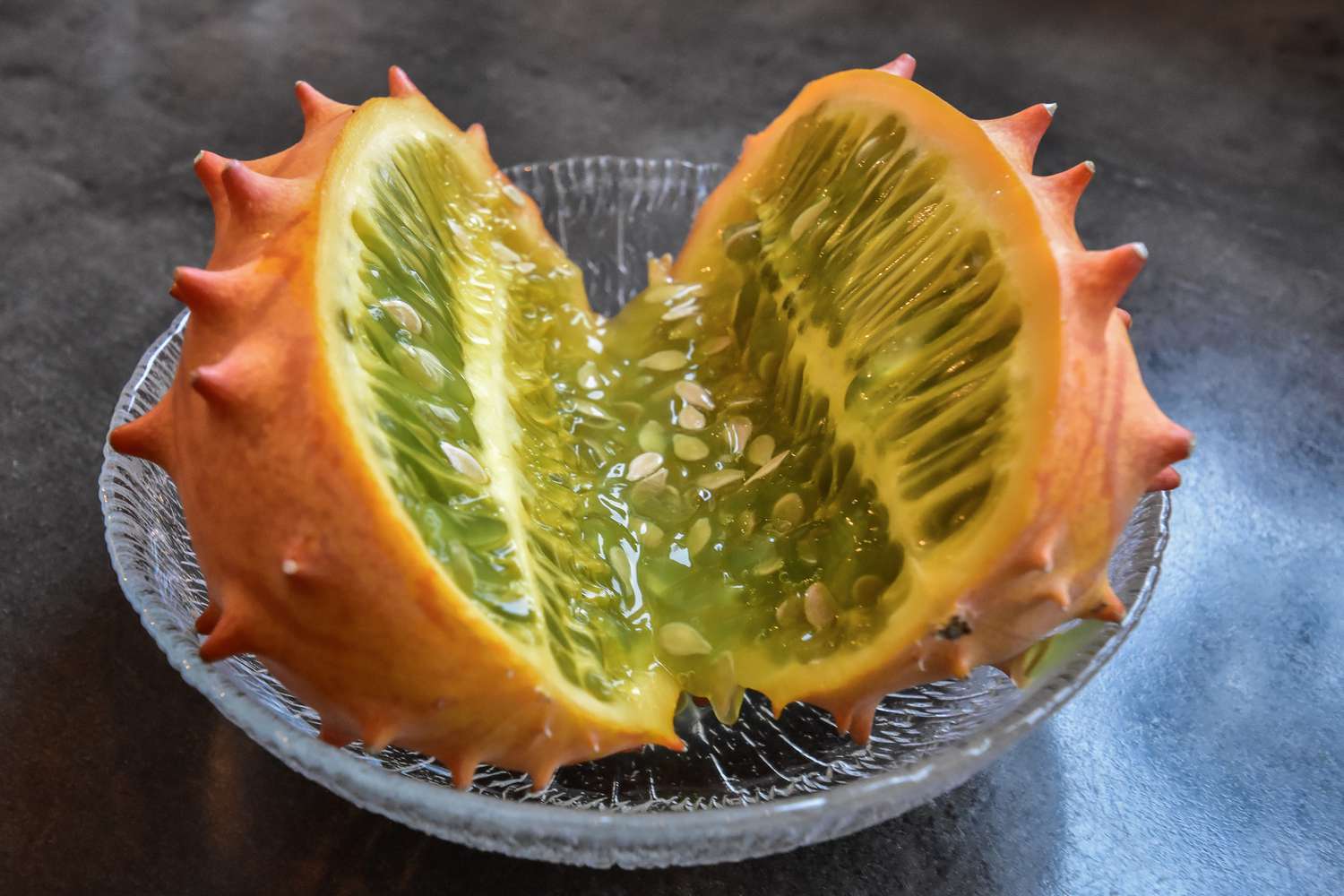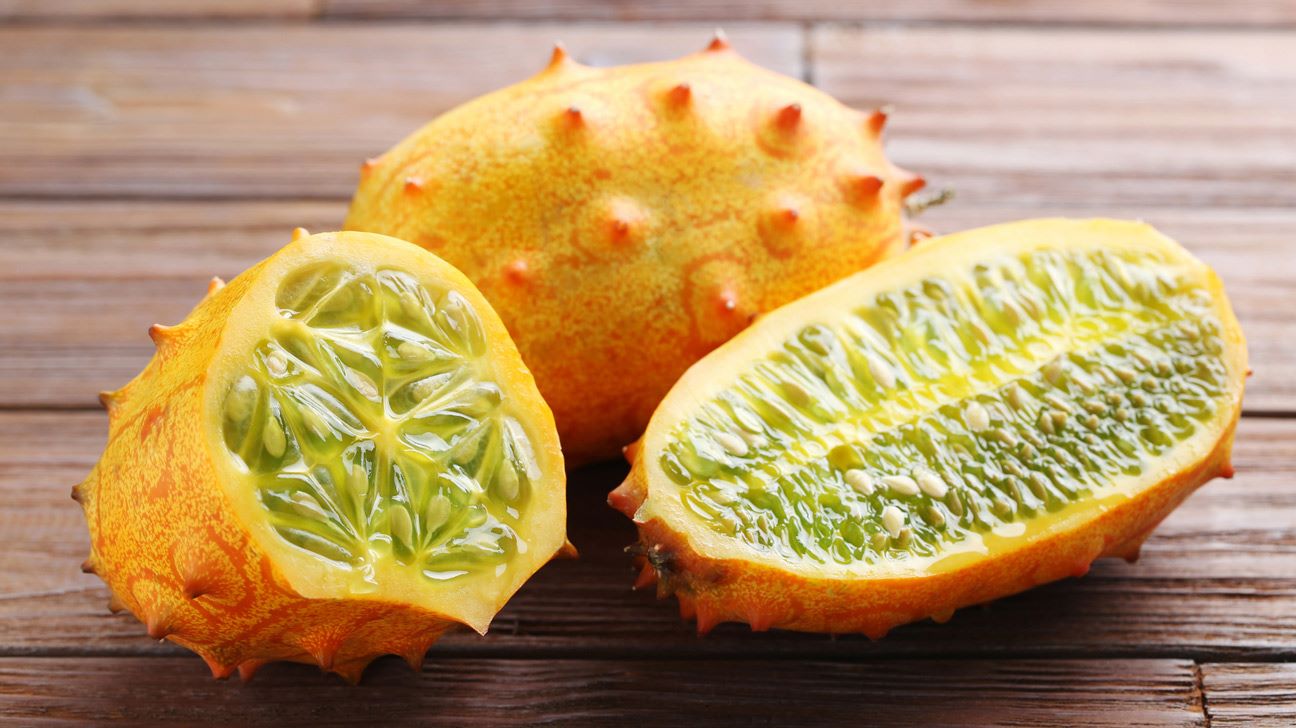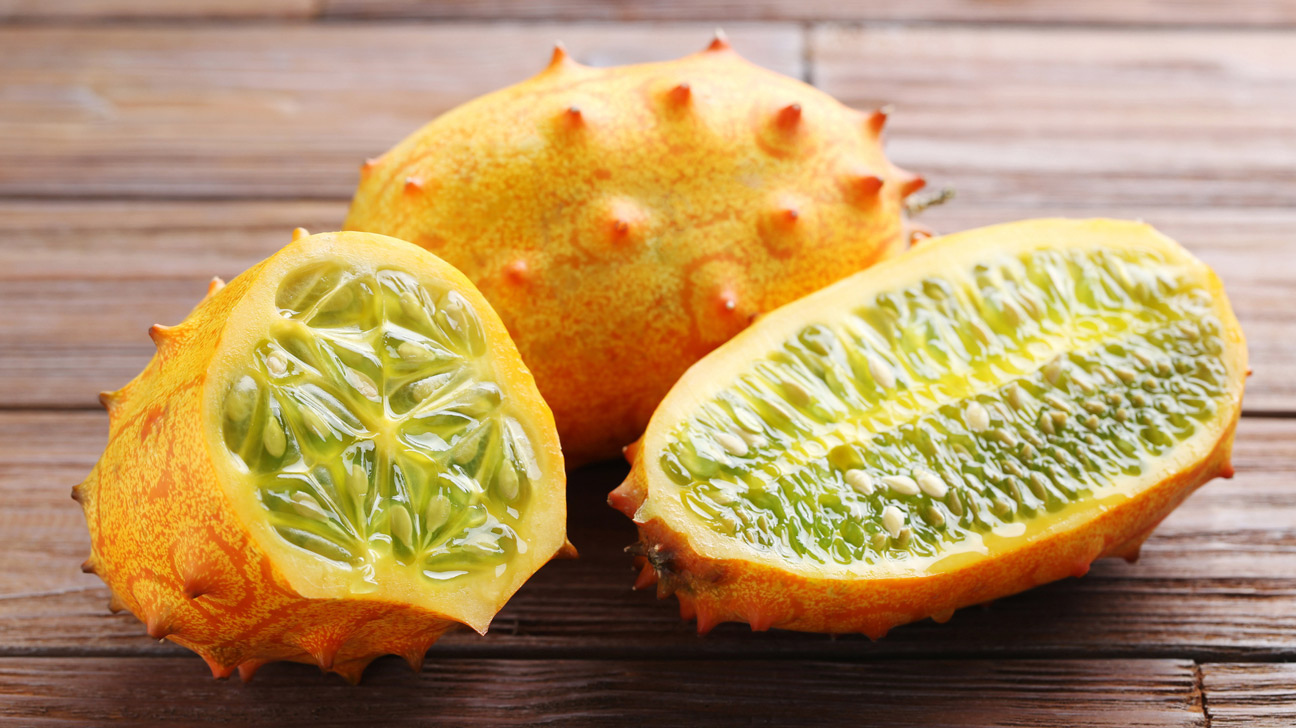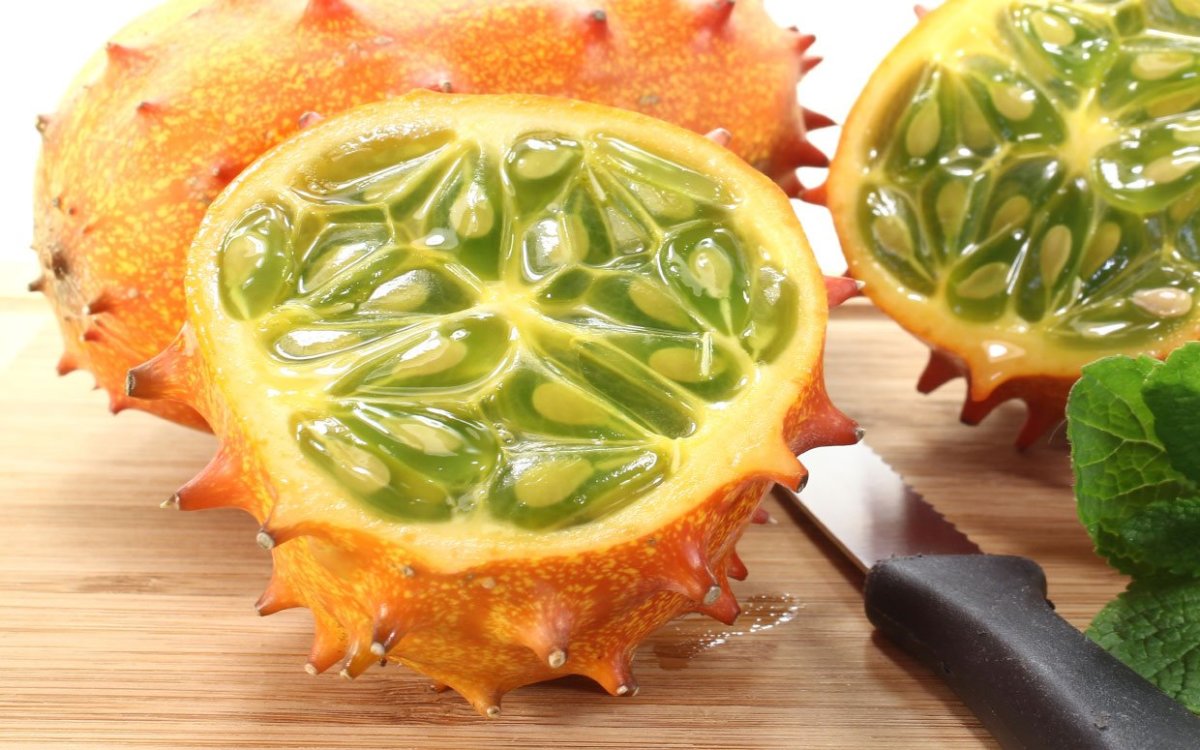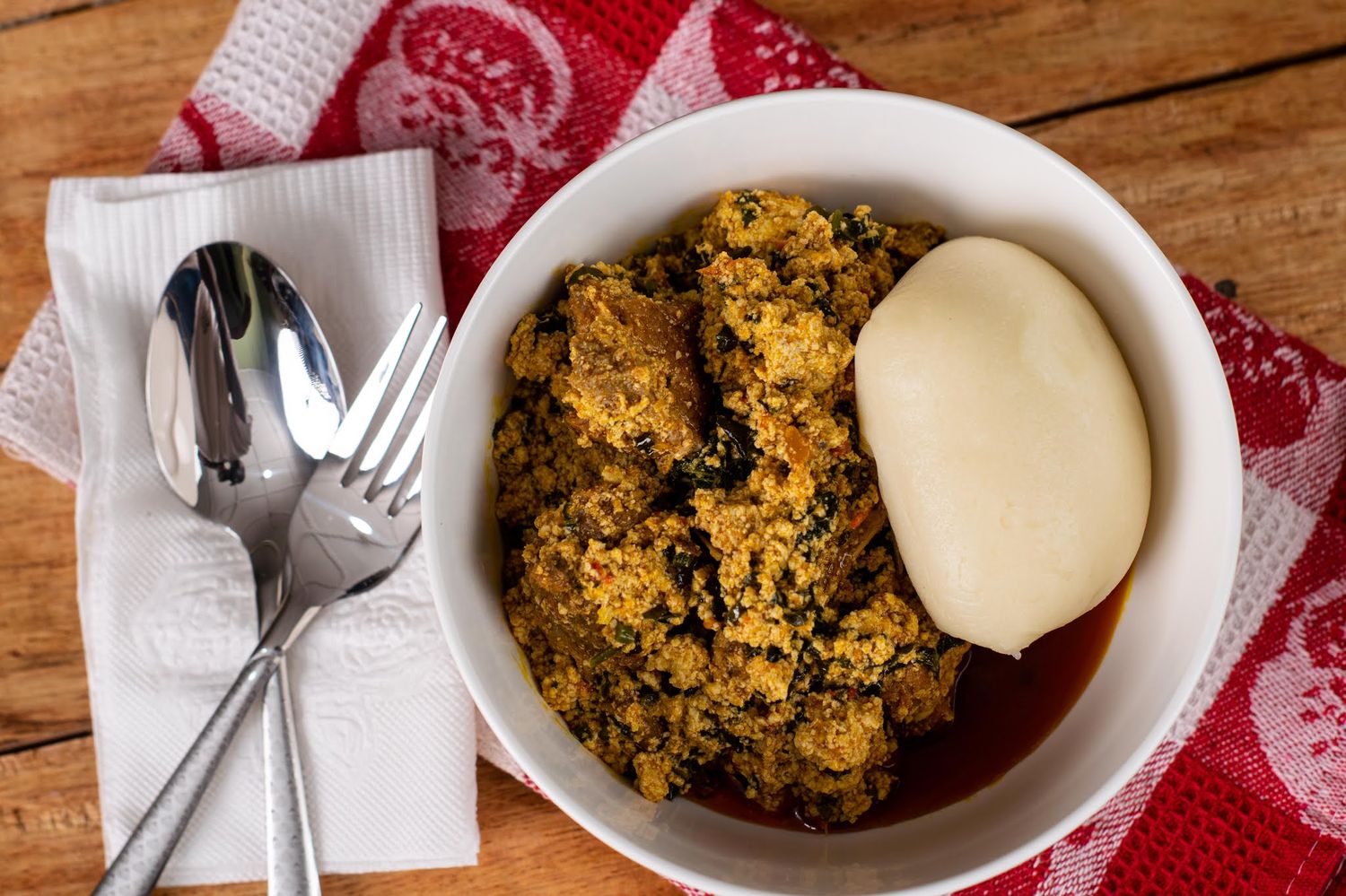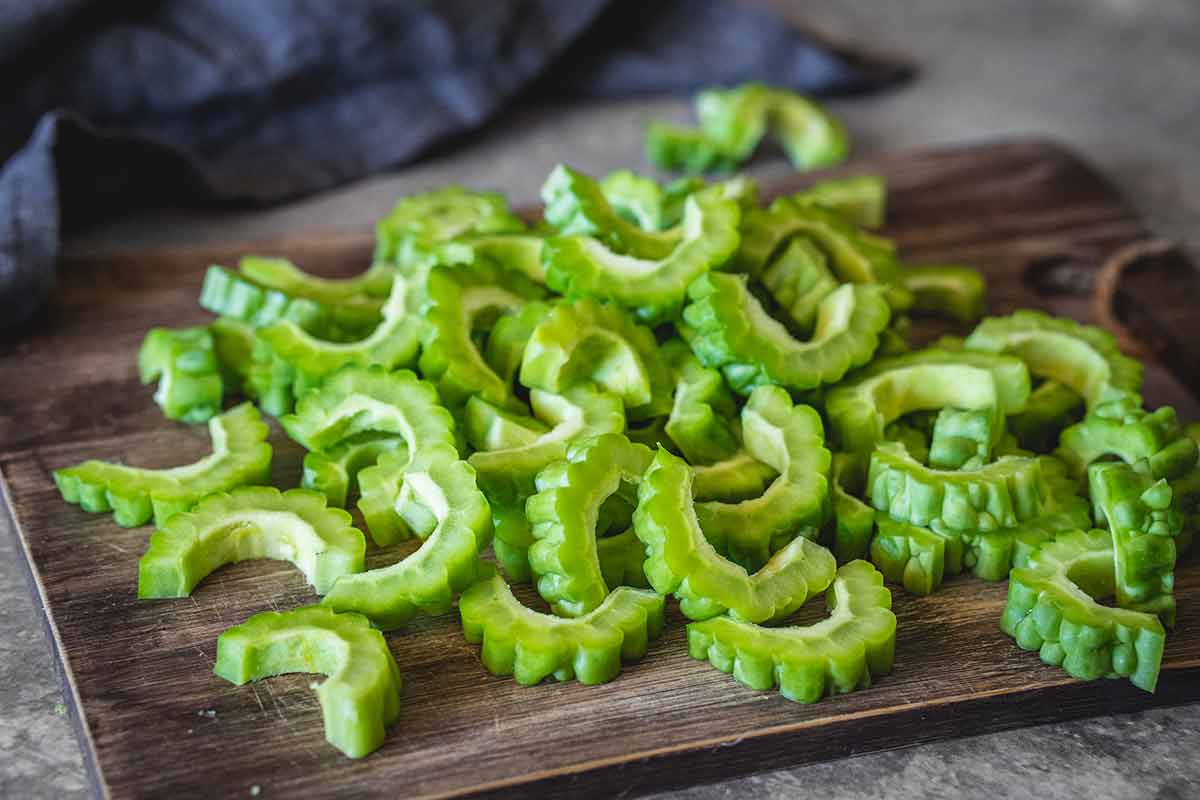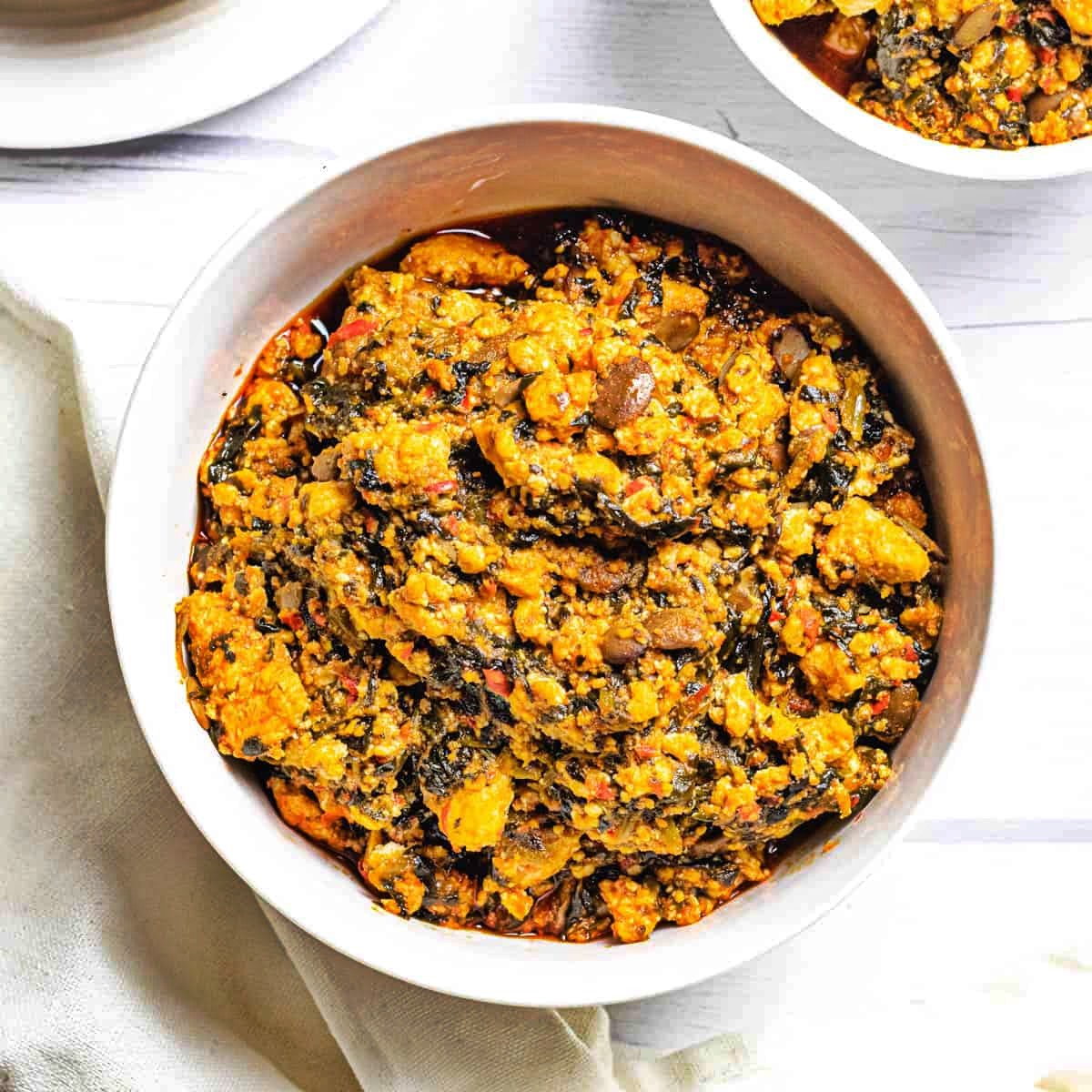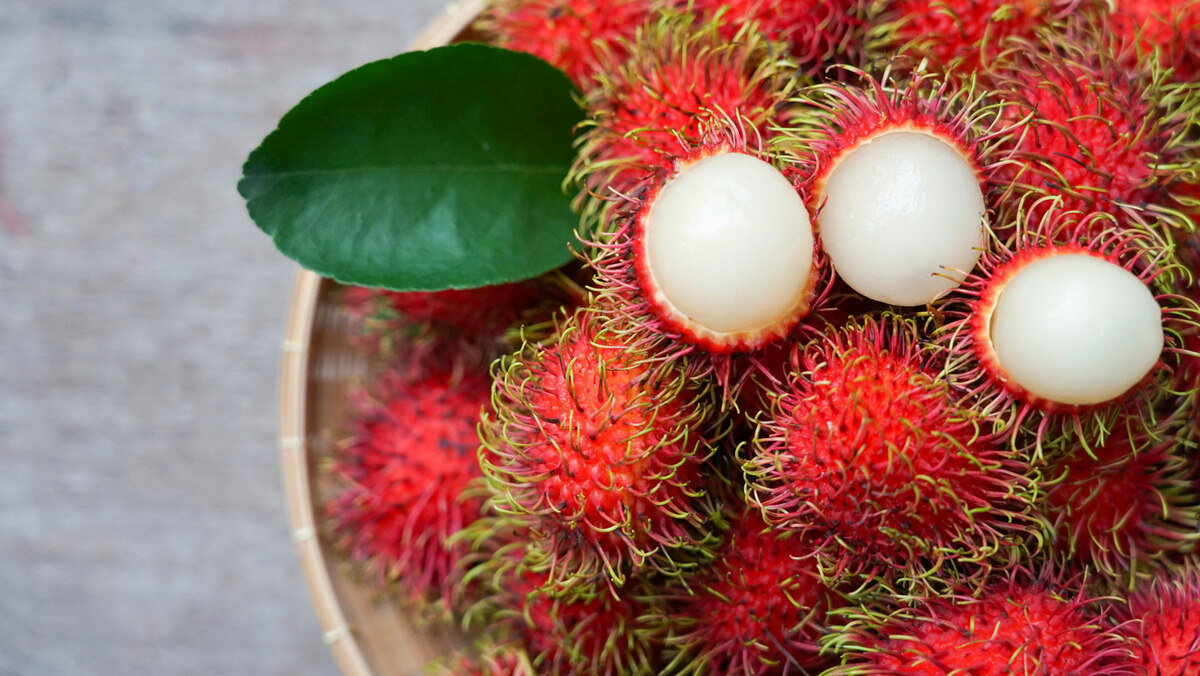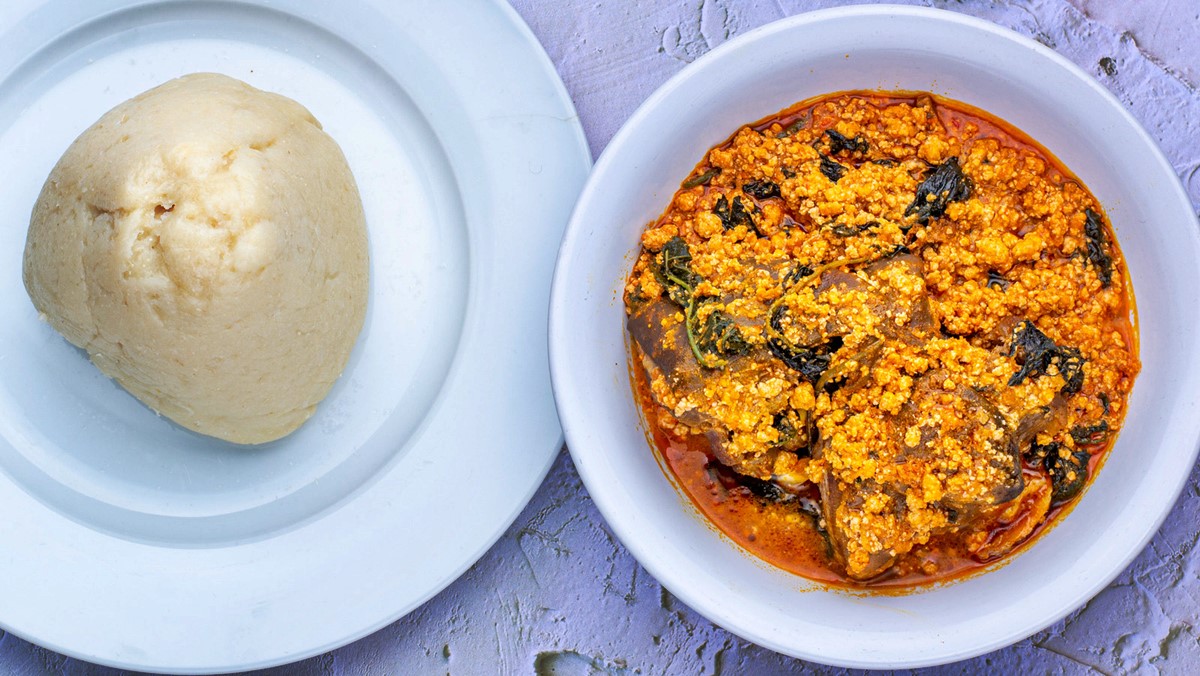Discovering the African Horned Melon
Have you ever come across a fruit that looks like it’s from another planet? The African horned melon, also known as kiwano, is a unique and exotic fruit that is sure to pique your curiosity. With its spiky orange exterior and vibrant green flesh, this fruit is not only visually intriguing but also offers a delightful taste and a range of health benefits.
Choosing the Perfect African Horned Melon
When selecting an African horned melon, look for one that is firm and heavy for its size. The skin should have a bright orange color with prominent spikes. Avoid fruits with soft spots or dull, sunken skin, as these may indicate overripeness or spoilage.
Preparing the African Horned Melon
Before diving into this exotic fruit, it’s essential to know how to prepare it. Follow these simple steps to get the most out of your African horned melon:
- Wash the fruit thoroughly under running water to remove any dirt or debris from the skin.
- Using a sharp knife, carefully slice the fruit in half lengthwise.
- Once the fruit is halved, you can scoop out the inner flesh using a spoon or simply cut it into wedges for easy consumption.
Exploring the Flavor and Texture
When you take your first bite of the African horned melon, you’ll be greeted with a burst of refreshing, mildly sweet flavor. The gelatinous green flesh is studded with edible seeds, adding a delightful crunch to each bite. The texture is often compared to a mix of cucumber and zucchini, making it a truly unique sensory experience.
Ways to Enjoy the African Horned Melon
There are several ways to incorporate the African horned melon into your culinary adventures. Here are some ideas to get you started:
- Fresh: Enjoy the fruit on its own for a refreshing and exotic snack.
- Salads: Add sliced African horned melon to fruit salads or green salads for a pop of color and flavor.
- Smoothies: Blend the flesh of the fruit into a smoothie for a tropical twist.
- Cocktails: Use the fruit as a unique garnish for cocktails or mocktails.
Health Benefits of the African Horned Melon
Besides its intriguing appearance and delicious taste, the African horned melon also offers a range of health benefits. It is a good source of vitamin C, fiber, and antioxidants, which can support immune function and overall well-being. Additionally, the seeds of the fruit contain beneficial fatty acids that contribute to heart health.
Final Thoughts
As you venture into the world of exotic fruits, the African horned melon stands out as a true gem. Its otherworldly appearance, refreshing flavor, and healthful properties make it a valuable addition to any adventurous eater’s repertoire. So, the next time you come across this unique fruit, don’t hesitate to bring it home and embark on a culinary journey unlike any other.
Expanding Your Culinary Horizons with African Horned Melon
Now that you're familiar with the basics of preparing and enjoying African Horned Melon, also known as Kiwano, why not take your culinary skills further? Delight your palate by trying out the explore-the-kiwano-smoothie-bowl or refresh with a try-the-kiwano-citrus-mocktail on a sunny afternoon. For those who enjoy unique combinations, the delight-in-kiwano-mango-salad is highly recommended for its vibrant flavors and textures. Each recipe offers a unique way to incorporate the exotic taste of Kiwano into everyday meals and special occasions alike.
